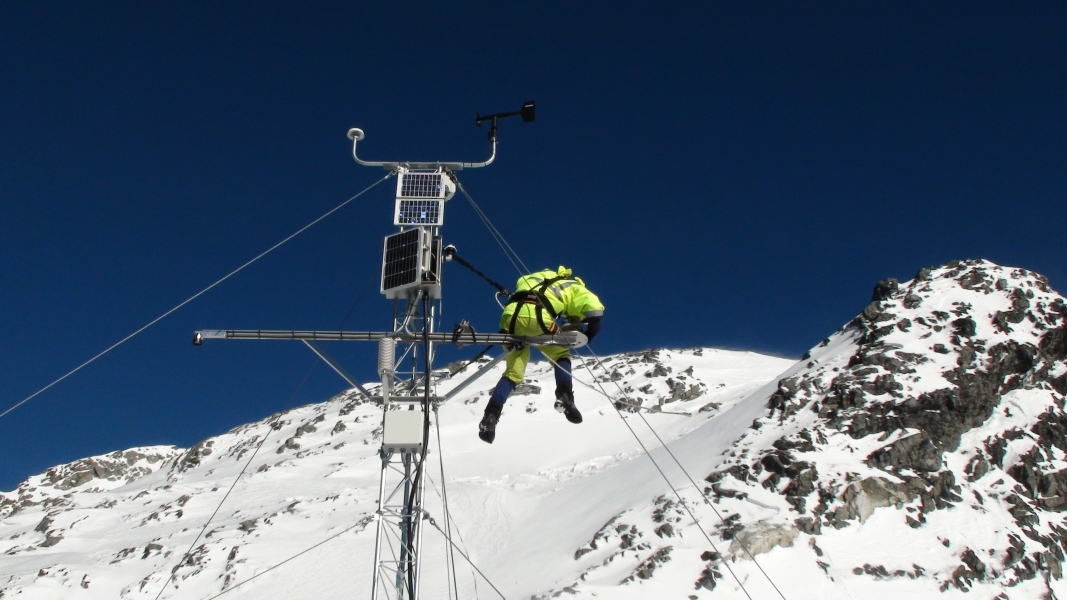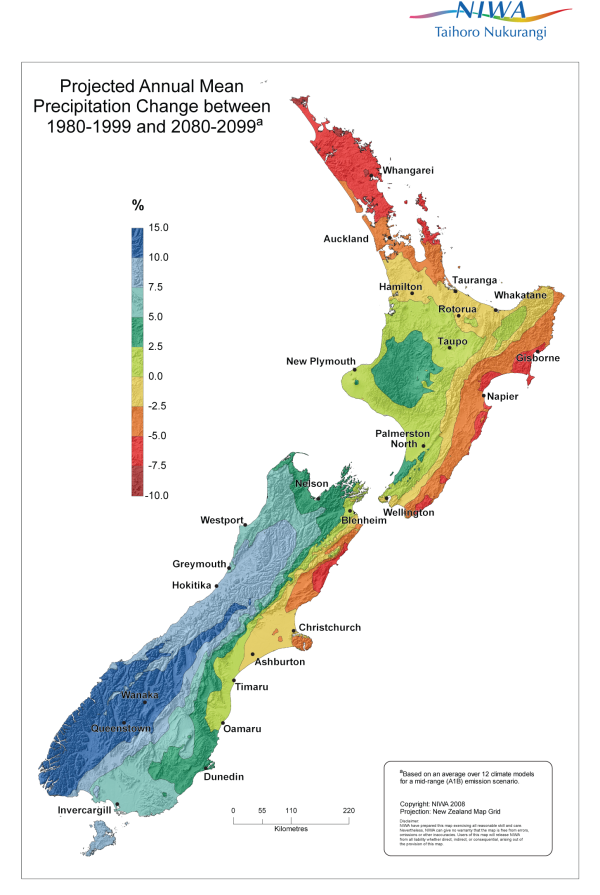Developing probabilistic scenarios of expected future regional climate changes.
As the climate changes, changing risks of climate extremes will significantly challenge New Zealand society, the New Zealand economy, and our natural environment. At the same time, new climate-related opportunities will emerge. We will have to change how we use the land to profit from rather than just be hurt by these changes. It is critical that, as a nation, we have the best tools and information available to anticipate and plan. We need quantitative information on the likely kinds of changes expected in different regions of the country, such as the frequency and magnitude of extreme events.
Project objectives
This programme aims to better quantify climate changes over New Zealand, and to encourage better use of climate change scenario information in strategic planning. This will improve climate-related risk management in the New Zealand economy.
First, detailed projections and data sets of future climate change are produced from regional climate models and from statistically downscaled global models. These projections can then be used to drive other environmental models that address issues relevant to water resources, tourism, and urban and coastal infrastructure.
The key steps involve:
- validating and improving NIWA’s regional climate model (RCM), and better quantifying natural variability of climate;
- generating a range of RCM projections of future New Zealand climate under different emissions scenarios, forced by different global climate models;
- improving statistical downscaling of projected New Zealand changes from a large set of IPCC Fifth Assessment global models. This will place the more limited sample of the regional model that are run into a broader probabilistic framework;
- compiling paleoclimate proxy data from New Zealand and comparing inferred past climate with climate model simulations;
- driving a range of environmental models with climate scenario data, in order to improve knowledge of how the cryosphere, rivers and sea-level could change under global warming this century; and
- widely disseminating information and datasets of climate change to the end-user community.
Ongoing research
Research is progressing on correcting rainfall biases in the regional climate model, on a new downscaling technique for a larger suite of global models, and on unifying the river, snow and glacier models so they accept common data formats and interact properly with each other.



